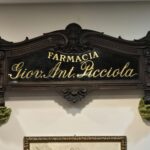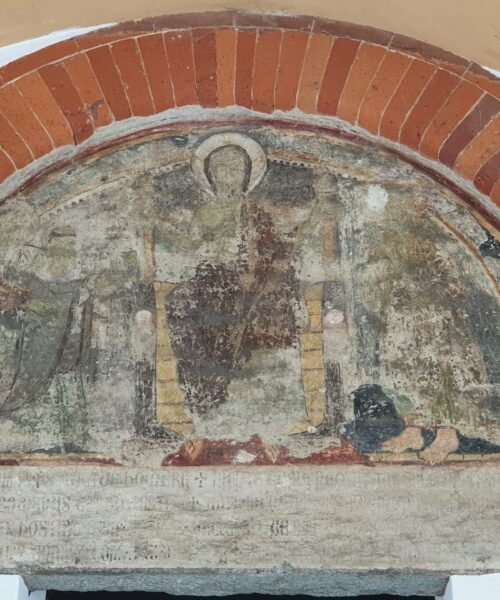A Mirror in the Nineteenth Century of Vanity, Documentation, and Idealized Childhood
Emerging in the arcane atmosphere of the 19th century, the wet collodion technique acted as a catalyst for artistic and social ambitions, providing a detailed and ruthless mirror of the socio-cultural dynamics of the era. In a time when photography was still seeking its place in the realm of arts and sciences, wet collodion offered the seductive promise of sharp, detailed images, casting a harsh light on a society in tumultuous evolution. Invented in 1851 by Frederick Scott Archer, the method drastically shortened exposure time, bringing a revolution to studio portrait art.

Yet, the mere mention of ‘wet collodion’ refers to an intricate chemical process that acts almost as a metaphor for the social complexity it documented. A mixture of nitrocellulose and solvents is spread on a glass or metal plate, immersed in silver nitrate to make it photosensitive, and then exposed to light before immediate development. This ritualistic chemical process created not only images but also a stage for the theatricality of the affluent classes.

Studio photography thus became a rite of passage, an ostentatious exercise in vanity and status. Celebrations of weddings, baptisms, and graduations were captured in enduring images, as was the more ordinary, and perhaps more unsettling, idealization of youth. Children were dressed and posed like tiny adults, confined in a sort of awkward solemnity. This bizarre disguise was born not only from the technical necessity of holding a stable pose but also from a cultural aspiration: to present a portrait of young, serious, composed citizens, ready to fulfill their role in society.

The choice of these young subjects betrayed a degree of romanticism, but also aesthetic exploitation. Here, the innocence and beauty of childhood were rendered almost monolithic, a paradigm framed and hung above fireplaces as an emblem of family virtue. But studio photography went beyond idealization. It was a tool for social documentation, whose versatility extended to war zones, making it an invaluable ally for the emerging documentary photography.

Thus, as wet collodion shaped portraiture, it also imprinted in the photographic DNA an inextricable dualism: that between aesthetics and documentation, between the individual and the social context. Images of children dressed in period costumes, fixed in forced poses, are not just an archive of forgotten faces, but also a manifesto of the expectations and tensions of an era. More than a technique, wet collodion becomes a prism through which to observe the complexity and contradictions of the 19th century.

Temporal Transitions: When Digital Art Redeems the Aesthetics of Wet Collodion
While wet collodion appears as an ecosystem of a distant past, it returns with new vitality in the modern digital era, thanks to the series of digital art by Marco Mattiuzzi. The timeless charm of vintage collodion images finds a new incarnation through the use of advanced digital techniques. In a way that underscores the eternal dialogue between old and new, this series creates a visual and conceptual bridge between two seemingly irreconcilable worlds.

The digital works present a richness of detail and emotional depth that speak to the heart as much as the original collodion plates. Portraits of subjects wrapped in historical clothing, composed poses, and evocative backdrops maintain the 19th-century aesthetic essence, while the nuances and tones pay a virtual tribute to collodion chemistry. But there’s more: a kind of critical subversion that only modern art can offer. Here, digital art is not just a medium but also a commentary — a reflection on how we view and interpret history and identity.

If wet collodion was the prism through which the 19th century examined itself, Marco Mattiuzzi’s digital art series acts as a rearview mirror, inviting us to question the images and ideals we have inherited. In an era where photographic “truth” is increasingly elusive, the digital rediscovery of this ancient technique poses provocative questions: How do our perceptions of identity and reality change when the tools change? What role does art play in shaping and redefining our understanding of the past?
Veritas Artifex













